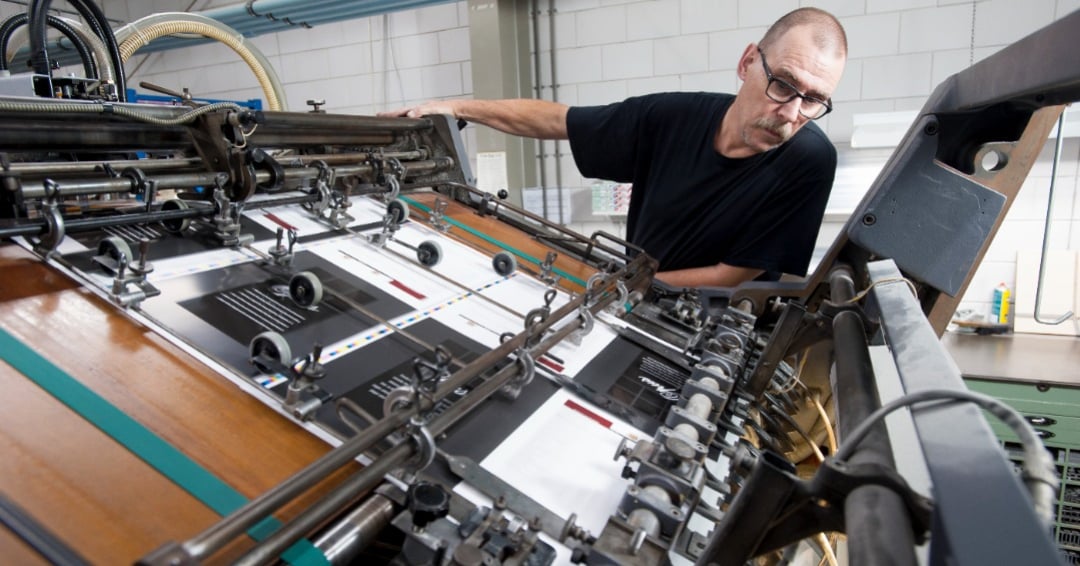A Q&A with Shawmut’s Director of Estimating on what you should know before placing an online order for print materials.
Buyers have a wealth of information at their fingertips. They can compare product features in seconds, seek out the lowest price, and conveniently place orders online with very little effort. But when it comes to ordering print materials online, Daniel Ortolaza, Shawmut’s director of estimating says “proceed with caution.”

In his experience, companies that choose to work with online print vendors can end up surprised by the outcome or disappointed in the quality—neither of which makes for a happy marketing team.
So what makes online and commercial printers so different? This is a question Dan gets asked a lot, especially when customers are comparing quotes. To get some clarity we went to the expert to get his take.
What is the biggest difference between commercial and online printers?
In any industry, there is always someone that is going to do it cheaper and faster, but that can come at a cost. The biggest difference in working with an online print source is the limited amount of personal interaction you’ll get. Sure you’ll be able to source a product, maybe even at a lower price point, but you won’t have much info beyond the product description listed online. With a traditional print vendor, however, you’ll have a direct relationship with your account rep and a customer service rep—both of whom are committed to helping you create the best materials possible.
Why do online printers seem less expensive?
Typically an online printer will offer a more narrow range of products and materials. The selection will be limited to pre-designed templates, and you won’t be able to create truly custom materials.
The same rule applies to substrates. Traditional commercial printers have partnerships with paper manufacturers and distributors. They can help you source the perfect materials for the job, where as online vendors offer a limited selection of paper stocks. By doing so, they can gang orders together which allows fixed setup costs to be shared and lowers the per product cost. These limitations—along with less human interaction—are the biggest contributors to the difference in price.
How can customers benefit by choosing a traditional print vendor?
I may be biased but there are tons of benefits to list here! When budgets are tight it can be tempting to go with the cheapest solution, but in my experience customers get what you pay for.
Traditional print vendors offer consultation, project management, swatch books, physical proofs, paper dummies, and press checks—none of which are options when working with an online vendor. Plus partnering with a local printer also helps you support the US economy since many online vendors produce products overseas.
The most important benefit, however, is a local vendor’s ability to help you create unique materials. This is critical for corporate marketing teams that want to go beyond cookie-cutter designs and develop campaign materials that help differentiate their brand from its competitors.
What are some of the issues you’ve seen when customers choose an online vendor?
It’s unfortunate but sometimes people learn the hard way—particularly for trade show displays. We’ve had several customers come to us after a bad experience with trade show materials ordered from online sources. They may look ok online, but it’s a different story once customers get these products in their hands.
The issue gets worse if you’re already at the event site. In one example, the customer had to forgo using a retractable banner stand because it was falling apart when they took it out of the box. Needless to say it wasn’t the best trade show experience. Since then we’ve replaced their banner stands with products that include a lifetime warranty and allow them to easily swap out graphics. While it was more money in the short-term, they won’t be paying for it in the long run or damaging their brand’s reputation at the next event.
Knowing the risks, what would you say to someone that chooses an online vendor anyway?
If you are going to work with an online print vendor, make sure you are knowledgeable about your specifications. Get a feel for what different grades and weights of paper feel like so you can try to apply that knowledge to the options offered online.
It’s also important to have realistic color expectations. Proofing from online vendors is limited to an on-screen preview or PDF which doesn’t accurately represent CMYK color output. So when you receive the final printed product it might not be a good match to the color you approved online.
Would you ever recommend working with an online print vendor?
Sure, online print vendors certainly fill a need. They are great for SMBs and local businesses which may not have to adhere to strict corporate branding guidelines or compliance factors. The same could be said for startups that are trying to keep costs down. However, if the end goal is to become a leader in the industry it’s important to start off on the right foot. Paying close attention to how materials represent the brand now can pay off as the company moves forward.
Daniel started at Shawmut at the young age of 18 and he has taken on numerous roles and excelled in nearly every department. Currently, Dan is Shawmut’s director of estimating—a role he has held for the past 10 years. An avid music enthusiast, Daniel spends much of his time listening to classic Latin tunes while spending time with his family.







